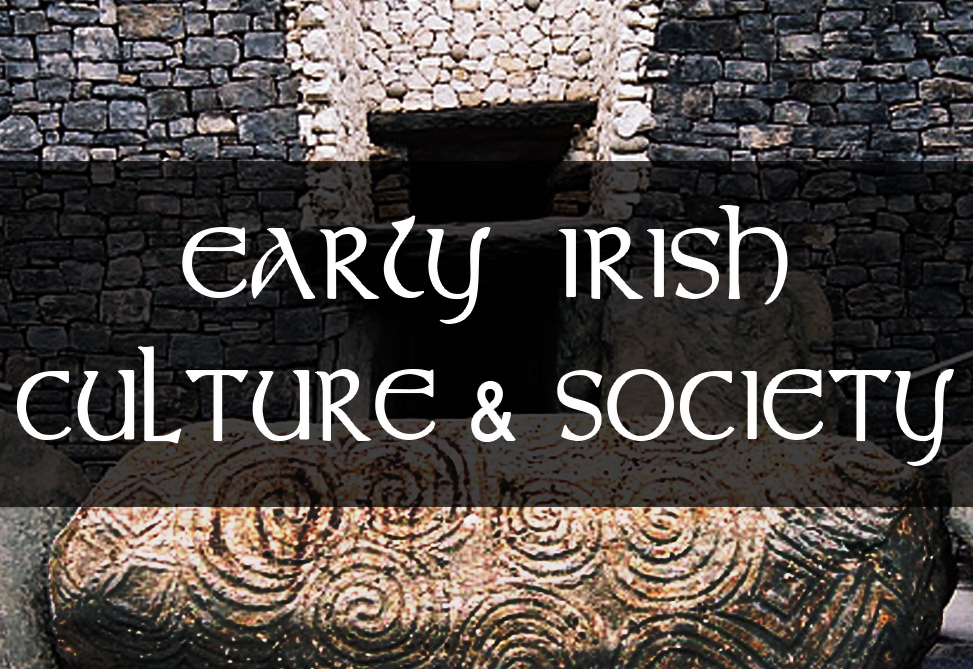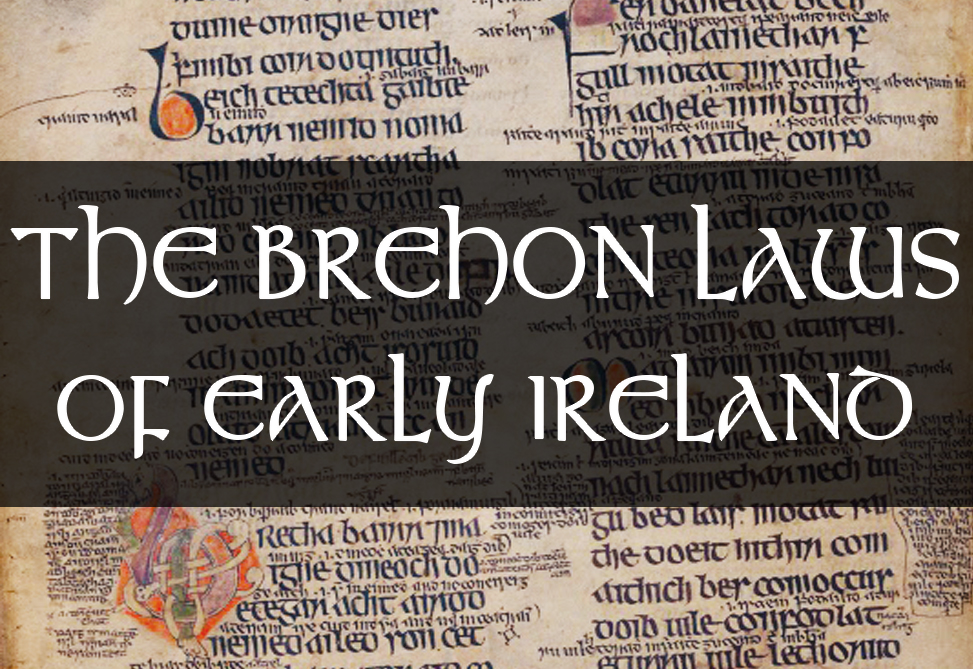The Series B banknotes, a vivid snapshot of Ireland’s cultural legacy, were circulated by the Central Bank of Ireland from 1976 to 1992, replacing the previous Series A. A pantheon of Irish luminaries from the realms of literature, arts, and philosophy graced these banknotes, making each one a unique celebration of our nation’s illustrious heritage. However, in 1993, these tangible pieces of history were retired, making way for the Series C banknotes.
The Series B banknotes came in denominations of £1, £5, £10, £20, £50, and £100. Interestingly, the dimensions of these notes varied with the denomination, adding an extra layer of intrigue. The £50 note measured around 180 x 94 mm and the £100 note approximately 188 x 98 mm, although there might be minor variations due to the cutting process.
£1 Series B Irish Punt Banknotes
The one-pound note serves as a brilliant example of how our currency once narrated our ancient chronologies and myths. It was much more than just legal tender – it was a woven tapestry of Irish culture and history.
Adorning the obverse of this note was Queen Medb, the legendary queen of Connacht from the Ulster Cycle of Irish mythology. Known for her formidable character, she personified the strength and tenacity of the Irish spirit. Complementing the image of Queen Medb was a unique geometric design inspired by bone slip motifs from our pre-Christian era, adding a touch of archaic allure to the note. The backdrop was further enriched with an excerpt from the epic Táin Bó Cúailnge or ‘The Cattle Raid of Cooley’, a tale that testifies to the richness of our folklore and our storytelling traditions.
The reverse of this one-pound note presented a decorative extract from the Lebor na hUidre, or ‘The Book of the Dun Cow’.
As the oldest extant manuscript in the Irish language, its inclusion on the note served as a tangible connection to our literary heritage, reflecting the enduring legacy of our scholars and scribes.
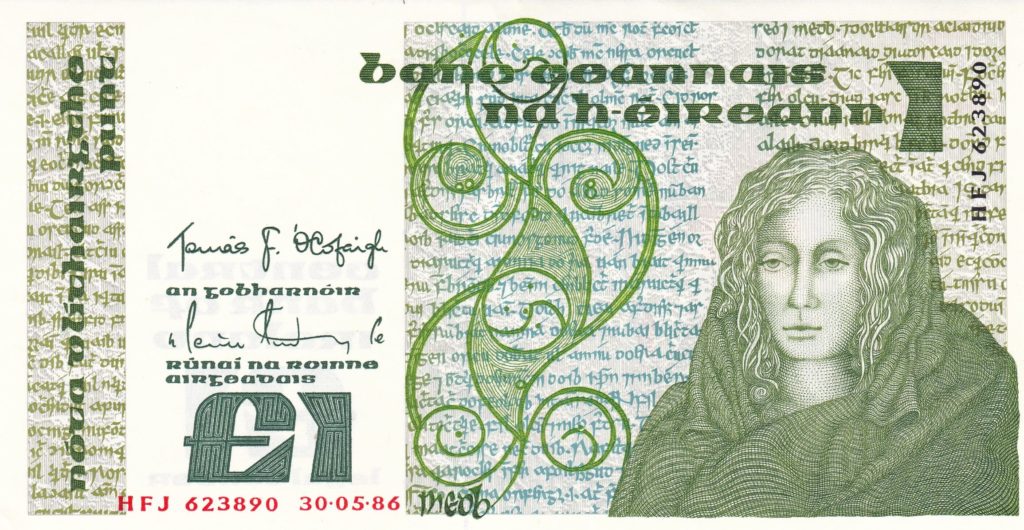
Queen Maeve (Front) on old Irish one-pound notes issued between 1976 and 1992.
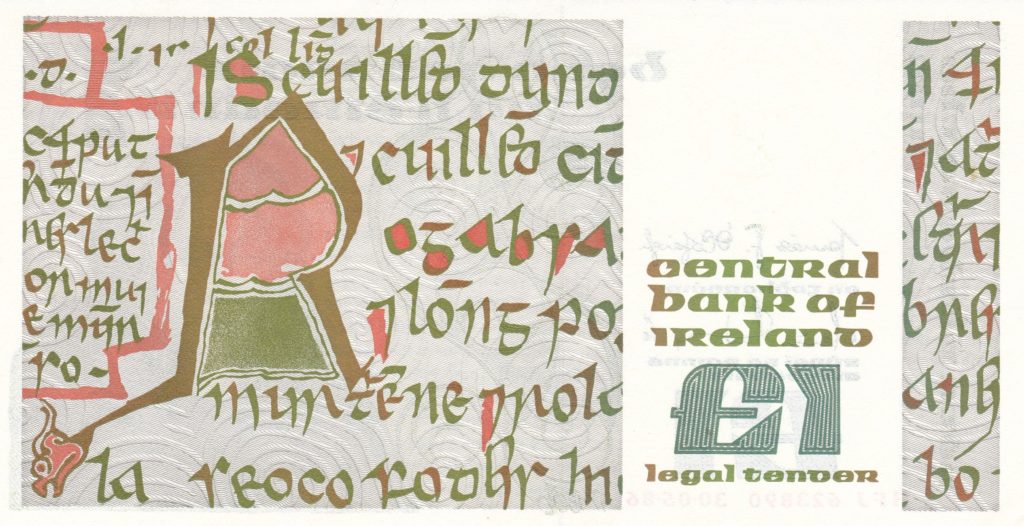
Lebor na hUidre (Reverse) on old Irish one-pound notes issued between 1976 and 1992.
£5 Series B Irish Punt Banknotes
On the face of this note, there’s Johannes Scotus Eriugena, a philosopher and theologian whose brilliance shone brightly during the ninth century. Eriugena wasn’t just a scholar, he was a pivotal figure in Western philosophical thought. Renowned for translating and incorporating Greek patristic and mystical writings into the Latin West, he integrated Neoplatonic thought into Christian theology. His major work, “Periphyseon,” is still considered one of the most daring, innovative and profound attempts to synthesise the Christian and Greek philosophical traditions. His intellectual prowess helped shape the course of European thought, earning him a revered spot in the annals of philosophy and theology.
Against the backdrop of Eriugena, we see the initial letter ‘A’ from Psalm 17 of the Ricemarcus Psalter, setting up a beautiful contrast with the Book of Durrow. The interplay of these elements, hailing from two distinctive eras of our literary tradition, makes a compelling statement about our cultural evolution and the continuity of thought and art.
Flipping the note, your eyes would land on the abstract animal forms and intricate scripts borrowed from the legendary Book of Kells. A masterpiece of calligraphy and illumination, the Book of Kells is a living testament to the artistic excellence of our ancestors, a beacon from the eighth century that continues to enlighten our understanding of early Christian art and monastic culture.
Today, we may only hold the five-pound note in our memory, but its cultural and historical richness remains a potent reminder of our proud heritage. And as we stray further from our roots, it’s these reminders that help us stay grounded, stay connected, and remember who we are.

Johannes Scotus Eriugena (Front) on old Irish five-pound notes issued between 1976 and 1992.

The Book of Kells (Reverse) on old Irish five-pound notes issued between 1976 and 1992.
£10 Series B Irish Punt Banknotes
The ten-pound note from the Series B Irish banknotes serves as a beautifully curated homage to one of Ireland’s most famous literary minds. It offers a snapshot of our rich historical narrative and cultural legacy, all intricately woven into a tangible piece of everyday life.
Commanding the obverse of the note is a compelling portrait of Dean Jonathan Swift, the famed poet, satirist, and social critic. Swift’s lasting contributions to literature, particularly through his sharp, socially-conscious works like “Gulliver’s Travels” and “A Modest Proposal,” have made him a towering figure in the literary world. His inclusion on the note underscores Ireland’s commitment to intellectual pursuit and social commentary.
The background of the note amplifies its historical significance by featuring a reproduction of the coat of arms of Dublin. This is not merely a nod to the city’s civic identity but also an echo of Swift’s contentious relationship with the city’s council. The specific reference to a city council resolution against one of Swift’s letters from April 1735 makes the note a unique artifact of our city’s social and political history.
The note’s reverse side showcases a portion of a map of Dublin published by John Rocque in 1756. Prominently displayed are the Great Abbey Street and Astons Quay – now known as Middle Abbey Street and Aston Quay respectively. The River Liffey, a significant landmark of Dublin, also features, connecting the city’s past and present.
In essence, the Series B ten-pound note brilliantly encapsulates Ireland’s literary prowess and the pulse of Dublin’s city life.
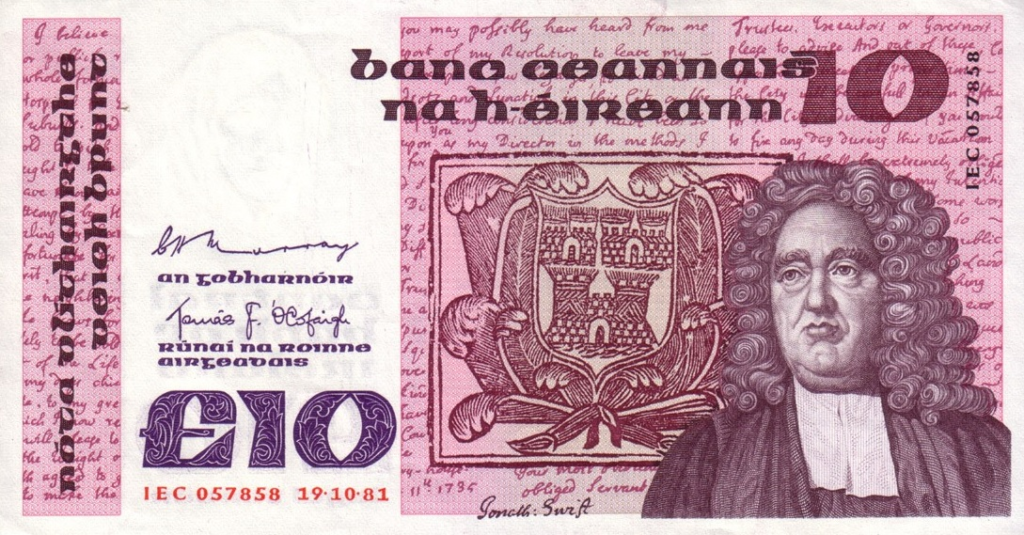
Dean Jonathan Swift (Front) on old Irish ten-pound banknotes issued between 1976 and 1992.
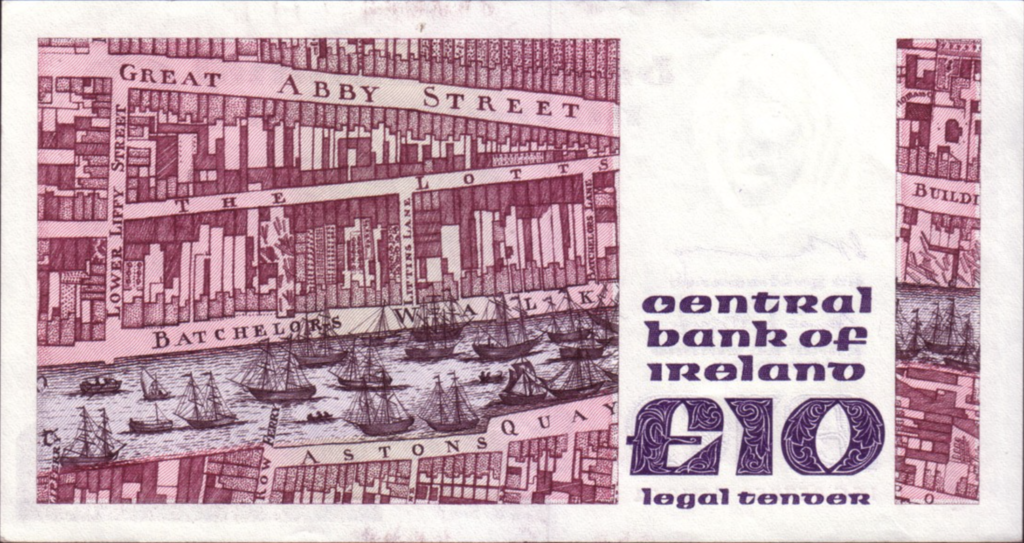
Segment of Rocque’s map of Dublin (Reverse) on old Irish ten-pound banknotes issued between 1976 and 1992.
£20 Series B Irish Punt Banknotes
The twenty-pound note from the Series B Irish banknotes is an artful representation of Ireland’s deep-seated cultural and historical narrative. This note features significant figures and settings from Ireland’s rich literary and natural heritage.
Taking pride of place on the obverse of the note is a portrait of William Butler Yeats, one of Ireland’s most celebrated literary figures. A prolific poet, dramatist, and mystic, Yeats’ profound influence on Irish literature is virtually unparalleled. His works, rich with symbolism and rooted in the Irish identity, earned him a Nobel Prize in Literature in 1923.
Additionally, the obverse also features a representation of the legendary hero Cú Chulainn, based on the motif used by the Abbey Theatre, which Yeats co-founded. This inclusion not only pays tribute to Yeats’ contribution to theatre and the revival of Irish literature but also acknowledges our deep-rooted myths and legends, reminding us of the richness of our storytelling tradition.
The background of the note showcases a manuscript of “Deirdre,” one of Yeats’ plays, further enhancing its literary significance. The note thereby becomes a canvas, capturing the essence of Yeats’ work and presenting a slice of his literary world.
The note’s reverse is equally meaningful, featuring an evocative image of the Blasket Islands, located off County Kerry. These islands, once a vibrant hub of Irish language and culture, are symbolic of Ireland’s natural beauty and our intimate connection with the sea.
The background of the reverse side enhances this connection with an excerpt from “An tOileánach” by Tomás Ó Criomhthain, one of the last inhabitants of the Great Blasket Island. His memoirs, providing a powerful account of his life on the island, reflect our enduring link to our natural environment and our unique island heritage.
In summary, the Series B twenty-pound note, with its representation of William Butler Yeats and Cú Chulainn (Obverse), and the image of the Blasket Islands and an excerpt from “An tOileánach” (Reverse), serves as a powerful reminder of our rich cultural history, literary brilliance, and natural heritage.
Every interaction with this note was a tribute to the indelible mark our land and its people have left on the world’s cultural tapestry.

William Butler Yeats and Cú Chulainn (Obverse) on old Irish twenty-pound banknotes issued between 1976 and 1992.

The Blasket Islands and an excerpt from An tOileánach (Reverse) on old Irish twenty-pound banknotes issued between 1976 and 1992.
£50 Series B Irish Punt Banknotes
The fifty-pound note from the Series B Irish banknotes beautifully embodies the heart and soul of the Irish cultural heritage. This note particularly brings into focus a beloved folk hero and our rich musical traditions, tying them intricately into our everyday transactions.
Gracing the obverse side of the note is a captivating portrait of Turlough O’Carolan, the blind Irish harper and composer. Revered as one of the country’s greatest musicians, O’Carolan’s contribution to the genre of traditional Irish music is immeasurable. Despite his blindness, he composed numerous pieces that continue to enchant audiences, serving as a poignant reminder of the indomitable spirit of the Irish people. The background, taken from a piece called Timbrell, further enriches the musical context of the note.
On the reverse, the design takes inspiration from the wood carvings adorning the organ loft of St. Michan’s Church in Dublin. This connection to a physical place, known for its historic and cultural value, reinforces the deeply ingrained relationship between the Irish people and their architectural heritage. The design is not only aesthetically pleasing but also carries echoes of our ancient past, resonating with the tales and hymns that have permeated the church’s walls for centuries.
The unique vision of the Series B design team comes alive vividly in this fifty-pound note. This high denomination, more often circulated in rural areas and cattle marts, bears the image of a folk hero, truly representing the spirit of the Irish people. It sings the strains of our vibrant musical heritage and underlines the rich tapestry of our cultural legacy.
In essence, the Series B fifty-pound note tells an enchanting story of our musical traditions and architectural heritage. It is more than a piece of legal tender; it is a tribute to our history, our people, and the melodious strains of our Irish soul.

Turlough O’Carolan (Obverse) on old Irish fifty-pound banknotes issued between 1976 and 1992,

Wood carvings from St. Michan’s Church, Dublin (Reverse) on old Irish fifty-pound banknotes issued between 1976 and 1992,
£100 Series B Irish Punt Banknotes
The Series B hundred-pound note holds a unique place within the narrative of Ireland’s banknotes. Although it was never issued, its intricate design and historical significance make it a captivating piece of our monetary heritage.
The obverse of the proposed note was designed to feature a commanding portrait of Grace O’Malley, known as the Pirate Queen. An audacious and defiant figure, O’Malley navigated the turbulent waters of the 16th century, not just as a seafarer but also as a leader, challenging the norms of her time. Alongside her portrait, the design included depictions of her ships, resonating with our maritime traditions and underscoring her daring exploits at sea. The chosen palette of red for the portrait, juxtaposed with a soothing mauve for the ship and background, added an air of intrigue and dynamism to the note. Actress Siobhán McKenna was the model
On the reverse side, the note was planned to feature a genealogical map of Ireland, based on the 1567 map of “Hibernia: Insula non procul ab Anglia vulgare Hirlandia vocata” by John Goghe. The inclusion of this map was significant; it represented not only our geographical boundaries but also the intricate web of kinship and clan associations that have shaped our nation’s history.
However, this promising design never reached the stage of circulation. Despite the advanced development, the note’s production was halted in early 1987. The reasons were primarily practical, stemming from a decision that the denomination was not required. It was a decision that left this fascinating note, which sought to highlight a crucial 150-year period of Irish history (from the English conquest around 1530 to the departure of the ‘Wild Geese’ in 1691), confined to the design archives.
Nonetheless, the Series B hundred-pound note, with its carefully crafted design, remains an important part of our monetary history. Despite never being issued, it serves as a poignant reminder of our cultural richness, our resilient spirit, and the unwritten chapters of our history that continue to captivate us.

Grace O’Malley, The Pirate Queen, and her ships on the (Obverse) of the one-hundred-pound old Irish banknotes issued 1976-1992.

Genealogical map of Ireland, based on the 1567 map by John Goghe (Reverse) on the one-hundred-pound Irish banknotes issued 1976-1992.

Genealogical map of Ireland by John Goghe (1567)
As we look back on the Series B Irish banknotes, we realise that these notes were more than just a medium of exchange; they were unique pieces of art and history that echoed the rhythm of our heritage and culture. Each note, with its distinguished personalities and symbolic imagery, was an opportunity to pause, connect, and appreciate the deep roots from which we have sprouted. It’s a testament to our resilient spirit, our artistic flair, and our unfading connection to our land and its lore.
Today, as we navigate our world with its new forms of currency, it’s vital that we don’t lose sight of the rich tapestry of our past, a past that these notes so beautifully encapsulated. They invite us to remember, to cherish, and to pass on the stories and symbols that have shaped us as a people. They remind us that our currency is not merely a tool of transaction, but a bearer of our national narrative, our collective memory, and our distinct identity. As we continue to step forward, may we always carry with us the timeless wisdom, the vibrant heritage, and the indomitable spirit of the Irish, as reflected in these exquisite banknotes.

